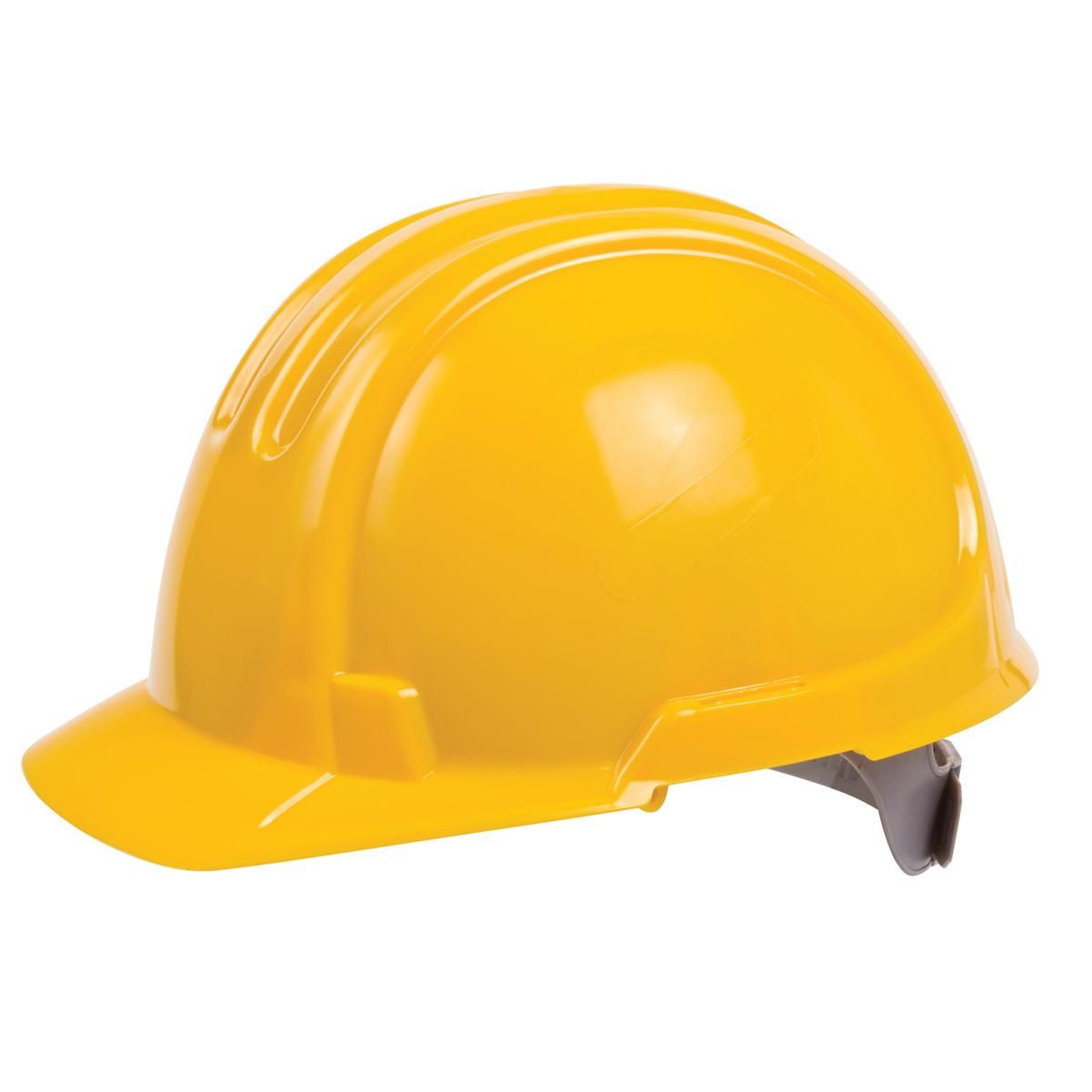Heads Up! The Hard Hat Hits a Century

The tried and true hard hat, a staple of the construction industry, celebrates its 100th anniversary this year.
One of the most recognizable pieces of safety equipment in the world, an early rendition of the hard hat was created by a California mining equipment company, the E.D. Bullard Company, patented what it called a “hard-boiled hat” made of steamed canvas, glue, and paint in 1919.
The point was to protect workers from falling objects and overhead hazards.
The design was later improved with steel, and by 1931, when the Hoover Dam was being built, the main contractor required all workers to wear hard hats.
Around that time, electricians in Boston were wearing the hats, as were all workers on the Golden Gate Bridge project, which began in the mid-1930s.
Materials
In the decades that followed, hard hats of various shapes and materials were introduced.
These included hats made of steel, aluminum, canvas and resin, and fiberglass.
The hats were advertised as light, resilient, and cool while protecting the worker.
A California mining equipment company patented a hat made of steamed canvas, glue, and paint in 1919.
In the 1960s, hard hats made of plastic, such as polyethylene, were introduced.
In the 1970s, when OSHA and the National Institute for Occupational Safety and Health were created, hard hat use was regulated as part of the head protection standard.
Design
As demand for hard hats increased, more companies began producing them.
The hard hat has a rich history, and while its design has remained fairly consistent over the years, improvements include a suspension system and an outer shell.
Recently, safety helmets similar to those worn by hockey players and mountain climbers have made their way onto construction sites, improving worker protection beyond the traditional hard hat.
NIOSH is studying the performance and design of hard hats and safety helmets to improve overall worker protection with the ultimate goal of reducing the likelihood of a traumatic brain injury caused by falls or falling objects, and to save lives.
NIOSH researchers are also working to improve consensus standards that address hard hat performance and provide additional information here.
For more information, contact CBIA’s Phillip Montgomery (860.244.1982).
RELATED
EXPLORE BY CATEGORY
Stay Connected with CBIA News Digests
The latest news and information delivered directly to your inbox.


